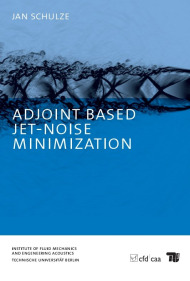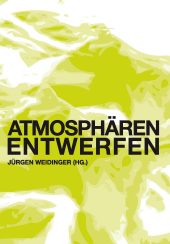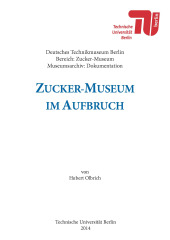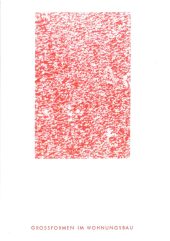Adjoint based jet-noise minimization

Publishing year: 2013
Jets with complex shock-cell structures appear in numerous technological applications. Most supersonic jets used in aeronautics will be imperfectly adapted in flight, even those from carefully designed convergent–divergent nozzles. The adaption to the ambient pressure takes place in a sequence of oblique shocks which interact with the free shear layers and produce noise. The shock/shear-layer interaction emanates a broadband noise component. This may trigger the thin shear layer at the nozzle exit, forming a feedback loop which results in a discrete noise component called screech. Both components are undesirable from structural and environmental (cabin noise) points of view. Screech tones produce sound pressure levels of 160 dB and beyond. The focus of the present thesis lies in the minimization of supersonic jetnoise and in particular in the minimization of jet-screech. Since screech – a phenomenon which is not yet understood in all details – seems to be affected by the presence of the jet-nozzle, a porous material will be added to the nozzle exit to suppress the feedback mechanism. Thus, to minimize the emanated noise. It is by no means clear how the shape an characteristic properties of the porous material should be. To this end, an optimization technique, based on adjoint methods, will be applied to optimize the material with respect to the emanated noise.



